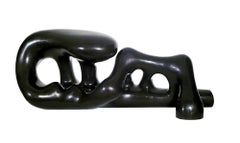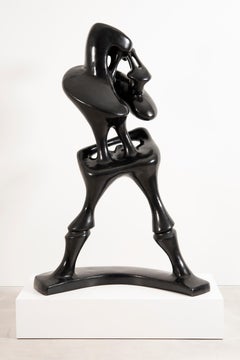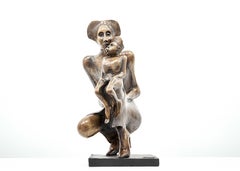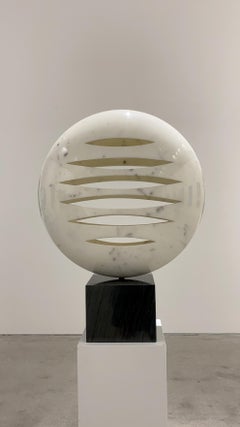Miami - Sculptures
2010s Contemporary Miami - Sculptures
Bronze
1980s Futurist Miami - Sculptures
Bronze
1980s Futurist Miami - Sculptures
Bronze
Early 2000s Contemporary Miami - Sculptures
Bronze
1990s Contemporary Miami - Sculptures
Bronze
Late 20th Century Abstract Miami - Sculptures
Marble
2010s Kinetic Miami - Sculptures
Metal
2010s Contemporary Miami - Sculptures
Bronze
1970s Kinetic Miami - Sculptures
Mixed Media
21st Century and Contemporary Contemporary Miami - Sculptures
Mixed Media
21st Century and Contemporary Contemporary Miami - Sculptures
Stainless Steel
2010s Pop Art Miami - Sculptures
Stainless Steel
Read More
This Weathered-Steel Sculpture Distills a Form of Protest into a Minimalist Monument
Part of Alejandro Vega Beuvrin’s “Barricada” series, the work is a subversive tribute to the street smarts of citizen activists.
How the Chunky, Funky Ceramics of 5 Mid-Century American Artists Balanced Out Slick Modernism
Get to know the innovators behind the pottery countercultural revolution.
Art Brings the Drama in These Intriguing 1stDibs 50 Spaces
The world’s top designers explain how they display art to elicit the natural (and supernatural) energy of home interiors.
Chryssa’s 1962 Neon Sculpture Was Way ahead of the Art-World Curve
By working with lettering, neon and Pop imagery, Chryssa pioneered several postmodern themes at a time when most male artists detested commercial mediums.
How to Spot a Fake KAWS Figure
KAWS art toys have developed an avid audience in recent decades, and as in any robust collectible market, counterfeiters have followed the mania. Of course, you don’t have to worry about that on 1stDibs, where all our sellers are highly vetted.
A Giant Wedding Cake Has Us Looking at Portuguese Tiles in a New Light
At Waddesdon Manor, artist Joana Vasconcelos has installed a three-tiered patisserie inspired by the narrative tile work of her homeland. We take a look at the cake sculpture and how Portuguese tiles have been used in architecture from the 17th century to today.
These Soft Sculptures Are Childhood Imaginary Friends Come to Life
Miami artist and designer Gabriela Noelle’s fantastical creations appeal to the Peter Pan in all of us.
Hideho Tanaka Carefully Stitched Together Pieces of Paper to Make This Sculptural Textile
The Japanese fiber artist’s ‘Vanishing and Emerging Wall’ may seem innocuous — but it plays with conceptions of time.





